
Goats have a reputation for being destructive and difficult to contain, but can they simultaneously encourage biodiversity while remaining productive? Provided that the right animals are managed in an environmentally sensitive manner, regenerative farmers have already shown that they can.
HOW GOATS CAN HELP REGENERATION
For the soil to regenerate it needs a wide variety of plants, microbes, fungi, and insects. A balanced variety of native plants will encourage this healthy renewal and provide habitats and food for wildlife. When pastures are overstocked with grazing animals or when fields are sown with monocultures, this diversity is lost. However, a balance can be restored in time with the introduction of native plants and trees, while grassland can be kept open with carefully controlled light grazing.
Goats perform best when part of a system of complementary grazers in a mixed species environment with plenty of varied vegetation. Goats are particularly skilled at removing undergrowth in hard-to-access locations where other grazers and machinery cannot reach. They much prefer trees, shrubs, weeds and tall grasses to meadow grass, and thrive on variety. Whereas sheep and cattle will graze the sward, goats tend to browse around the paddock edges, snaffling brambles, gorse, nettles, thistles, and other spiky, thorny, or woody plants. Each plant becomes appetising to goats at a certain time of year. Goats are therefore useful for preventing the creep of brambles and other encroaching weeds into the field.
Esta historia es de la edición July 2023 de The Country Smallholder.
Comience su prueba gratuita de Magzter GOLD de 7 días para acceder a miles de historias premium seleccionadas y a más de 9,000 revistas y periódicos.
Ya eres suscriptor ? Conectar
Esta historia es de la edición July 2023 de The Country Smallholder.
Comience su prueba gratuita de Magzter GOLD de 7 días para acceder a miles de historias premium seleccionadas y a más de 9,000 revistas y periódicos.
Ya eres suscriptor? Conectar
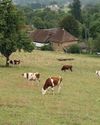
How to Buy a Smallholding in France- Long-time smallholder Lorraine Turnbull looks at the practicalities of moving to rural France
Aspiring smallholders are continually thwarted by the prices of smallholdings and property with land located within the UK. Even the humblest croft in Scotland comes with a substantial price tag and conditions which would make even an adventurous wannabee consider carefully. But all is not lost. For those willing to take the adventure of a lifetime, there is always Europe, and one of the most popular places is France.

Meet the Bournemouth goats and their supporters
These capricious animals are hard workers preserving the natural habitat

Still warm enough to sit outside with a Pizza
Henrietta Balcon uses fresh figs to create an unusual dish at Harvest time
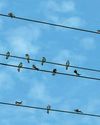
Goodbye to the birds of spring and summer
If you look and listen you might be able to see them preparing to leave says The RSPB
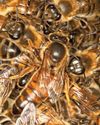
Get ready for the colder weather in the warmth of late summer
Claire Waring advises on doing the best to make sure your colonies survive until next spring
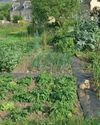
Preparing the Veg Patch for Winter
Lee Senior says, a well-run plot can excitingly continue to produce good quality, tasty, fresh food for much of winter
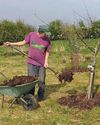
Time to prepare to plant your orchard
Wade Muggleton, smallholder and author of The Orchard Book, shares his practical experience so you can create your own fruit collection
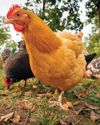
Choosing feed for the autumn
As autumn approaches, Joanna Palmer, nutritionist at the Smallholder Range, offers advice on choosing the right feed to support your adult birds through their annual moult and ensure your young birds grow and finish well at this time of the year.
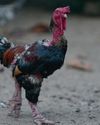
Vet advice from an experienced poultry vet
Reflecting on how much the humble hen has helped people world wide plus advice on stopping the scourge of red mite
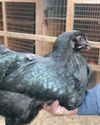
Give your hens some support
Paul Donovan looks at the right and wrong ways of handling birds